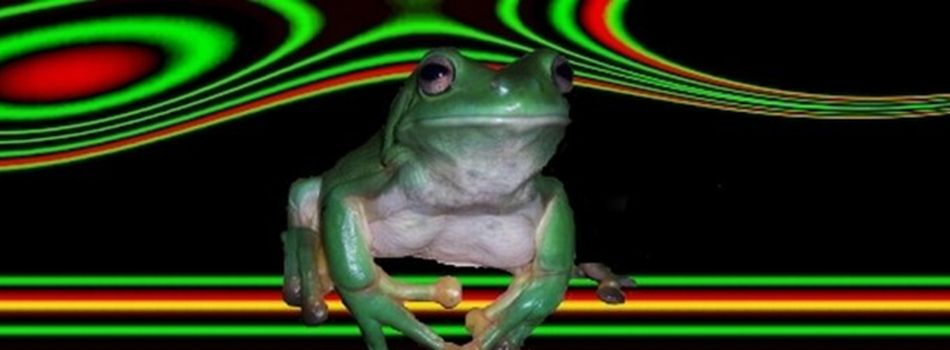| Feature | Australian Green Tree Frog (Litoria caerulea) | American Green Tree Frog (Hyla cinerea / Dryophytes cinereus) |
|---|---|---|
| Size | Larger, up to 10 cm (4 in) in length | Smaller, 3.2–6.4 cm (1.25–2.5 in) in length |
| Color | Bright jade or dark olive green, sometimes with white spots or flecks | Less vivid, greyer or olive green; often with a white or cream lateral stripe from jaw to groin |
| Lifespan (Captivity) | Up to 15–16 years | About 6 years |
| Native Range | Australia (northern/eastern), New Guinea | Southeastern and central United States |
| Other Names | White’s tree frog, dumpy tree frog | None commonly used |
| Habitat | Moist forests, woodlands, swamps, urban areas; often found near humans | Open canopy forests, marshes, swamps, gardens, always near water |
| Physical Features | Short, strong limbs with large sticky pads; belly white; can cling with belly skin | Slender body, long legs, sticky spatulate pads, prominent white lateral stripe |
| Call | Deep “waulk, waulk” croak | Series of short, nasal quonks or bell-like calls |
| Behavior | Docile, often found in and around houses; males have a large vocal sac | Nocturnal, often found on vegetation near water; males call to attract females |
| Pet Popularity | Very popular, hardy, and tolerant of handling | Popular, but more sensitive than Australian species |

Additional Notable Differences
- Color Change: Both species can change color depending on temperature, humidity, and surroundings, but the Australian species is typically more vividly colored.
- Distribution Outside Native Range: The Australian green tree frog has been introduced to Florida and New Zealand (now extinct there), while the American species is native to the U.S. and parts of Mexico.
- Egg Laying: Australian green tree frogs lay 1,000–2,000 eggs per year; American green tree frog reproductive details are similar but not as well documented in these sources.
Summary
The Australian green tree frog is larger, longer-lived, and more vividly colored, with a reputation for being docile and adaptable to human environments. The American green tree frog is smaller, has a distinctive white lateral stripe, and is native to the southeastern U.S., preferring wetter, more vegetated habitats. Both are popular pets, but the Australian species is especially known for its hardiness and tolerance of handling.
